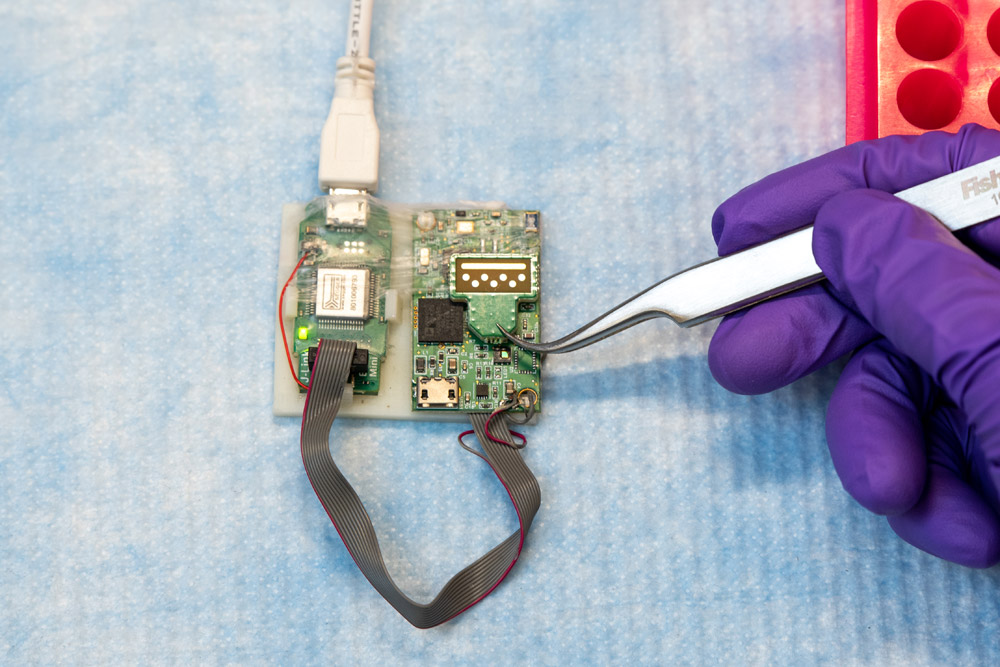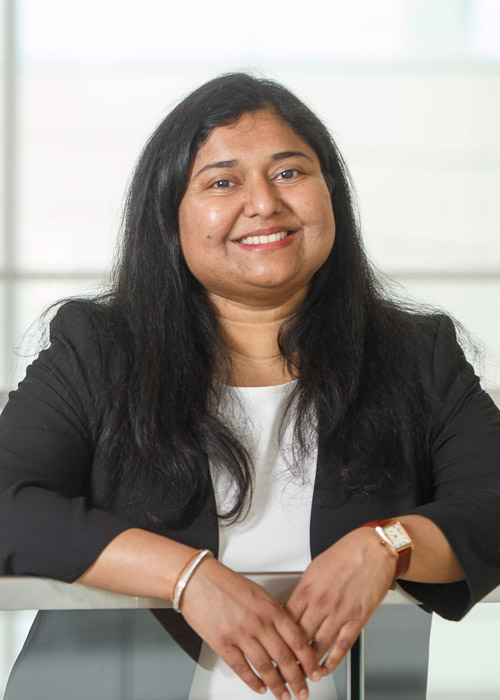
When The University of Texas at Dallas launched its bioengineering program in 2010, officials hoped to enroll 300 students by the 2020 academic year. The program in the Erik Jonsson School of Engineering and Computer Science surpassed that goal in just three years; the current enrollment of bachelor’s, master’s and doctoral students has climbed to 719 students.
In 10 years the undergraduate bioengineering program has become the third largest in the U.S. based on enrollment, according to the American Society for Engineering Education. Its graduate program ranks third, according to U.S. News & World Report, among biomedical engineering programs at Texas public universities and attracts students from around the world. Annual research expenditures topped $17 million in 2019, with faculty and students collaborating with researchers at the nearby UT Southwestern Medical Center.
The Department of Bioengineering will celebrate its first decade on April 8 and 9 with a virtual 10th Anniversary Symposium, featuring discussions with academic, student and industry leaders about the latest research advancements throughout the biomedical engineering field and at UT Dallas. Scheduled speakers include James B. Milliken, chancellor of the UT System, and Dr. Daniel K. Podolsky, president of UT Southwestern and holder of the Philip O’Bryan Montgomery, Jr., M.D. Distinguished Presidential Chair in Academic Administration and the Doris and Bryan Wildenthal Distinguished Chair in Medical Science.

“The Department of Bioengineering embodies the Comet spirit. In its first decade, the growth has been meteoric.”
Dr. Shalini Prasad, professor and head of bioengineering and the Cecil H. and Ida Green Professor in Systems Biology Science
“The Department of Bioengineering embodies the Comet spirit. In its first decade, the growth has been meteoric,” said Dr. Shalini Prasad, professor and head of bioengineering and the Cecil H. and Ida Green Professor in Systems Biology Science.
“The student body is Texas-sized. The bioengineering impact has been palpable in North Texas and beyond,” Prasad said. “The department brings together innovative ideas with entrepreneurial spirit in the faculty and student body, which has delivered novel innovations in med tech and digital health.”

Event Details
The Department of Bioengineering’s 10th Anniversary Symposium is free and open to the public. Register, and see a full list of speakers on the event’s webpage.
UT Dallas bioengineering faculty and student researchers have made a range of advancements to improve and save lives with funding from the National Institutes of Health, the National Science Foundation, and the Cancer Prevention and Research Institute of Texas. For example, researchers are using vagus nerve stimulation to reverse brain dysfunction caused by damage to a nerve outside the brain and spinal cord. They are applying sensor technology to detect sepsis. And they have fabricated corneal tissue to allow deeper study of the eye’s healing process.
In addition, support from Texas Instruments Inc., the UT System and a private donor made it possible for the University to establish in 2012 the Texas Biomedical Device Center, where researchers from bioengineering, UT Dallas’ School of Behavioral and Brain Sciences and School of Natural Sciences and Mathematics, and UT Southwestern develop technologies to prevent injuries, detect impairments and restore quality of life lost due to neurological injuries and disease.
More recently two students working with Dr. Karanjit Kooner, associate professor of ophthalmology at UT Southwestern, won first place in the Student Pitch Track at the Institute for Innovation and Entrepreneurship’s Big Idea Competition at UT Dallas in November. The students, Hebah Abdallah BS’19, now a biomedical engineering graduate student, and Jacob Awkal, biomedical engineering senior, developed a drainage device called Glaucomedi to treat glaucoma.
After earning their degrees, many bioengineering graduates have gone on to medical schools and top-tier graduate programs nationwide, while others have landed high-paying jobs with a bachelor’s degree, Prasad said. According to the U.S. Bureau of Labor Statistics, the field of biomedical engineering is growing faster than average, with average annual salaries of $91,410.